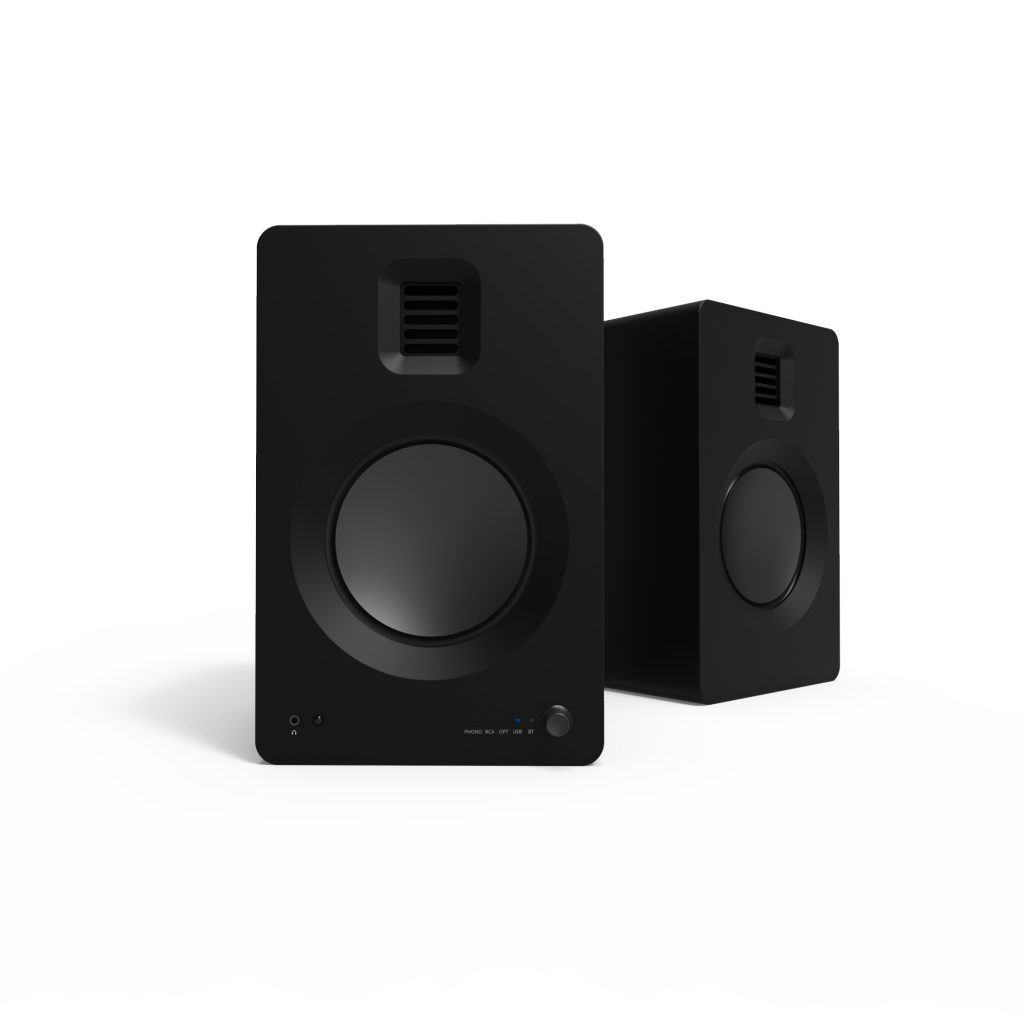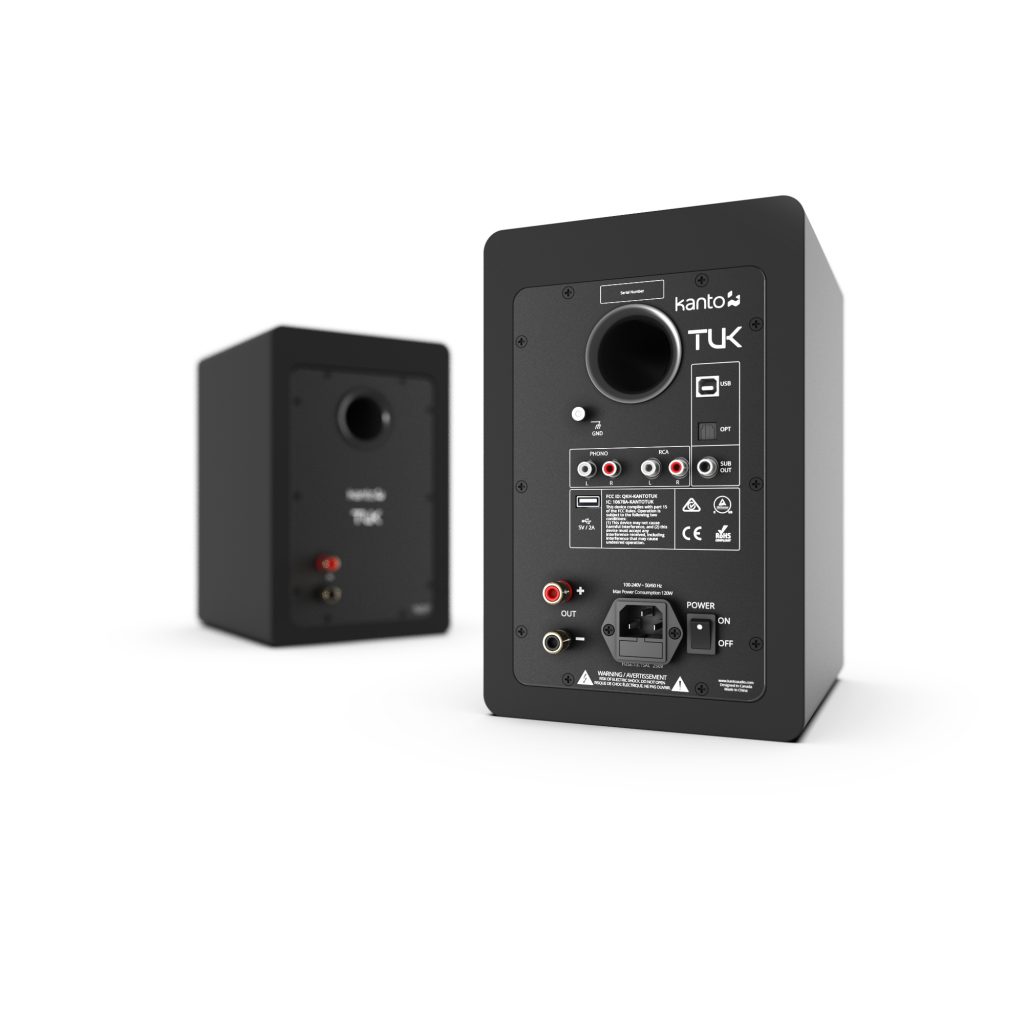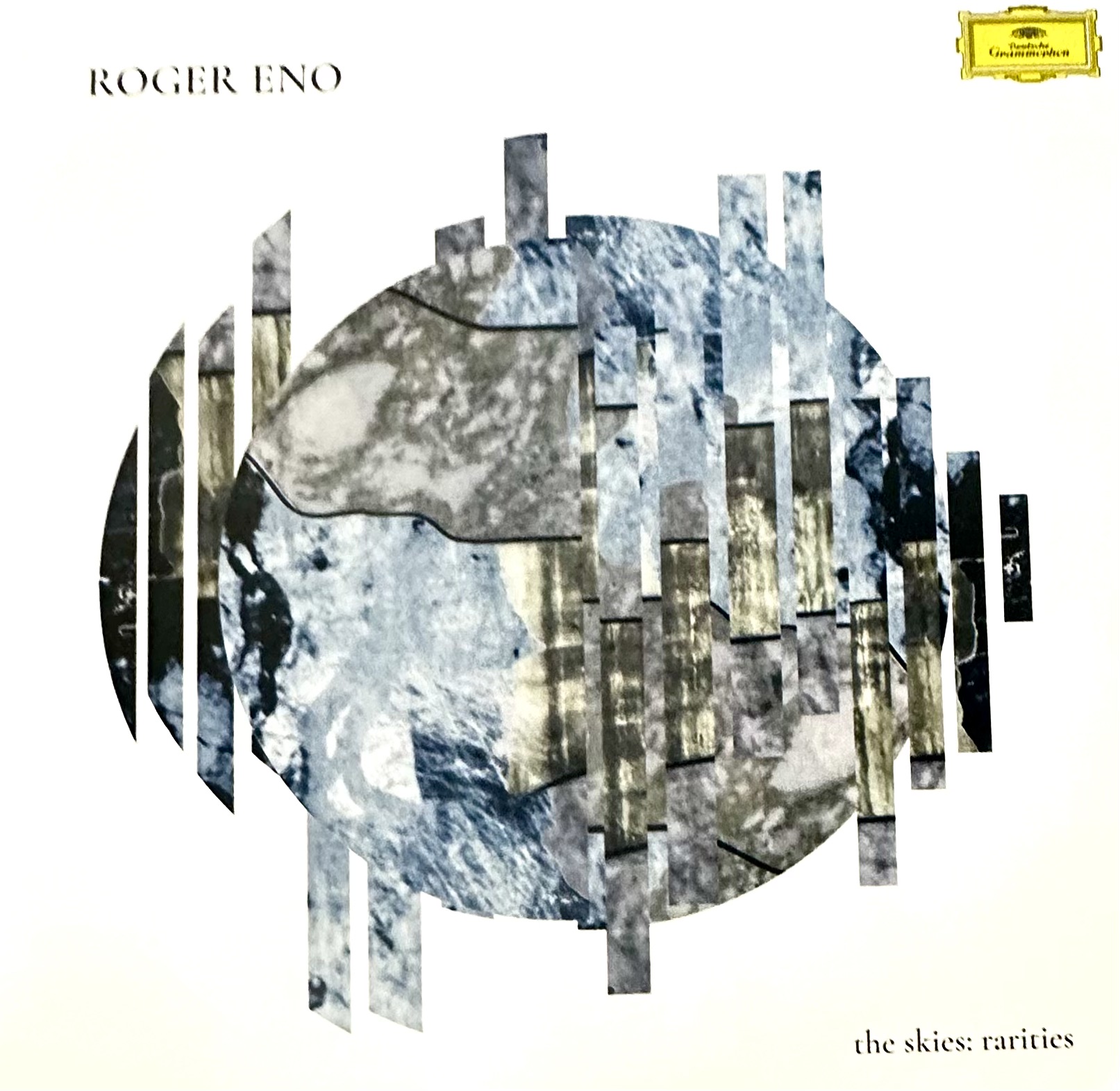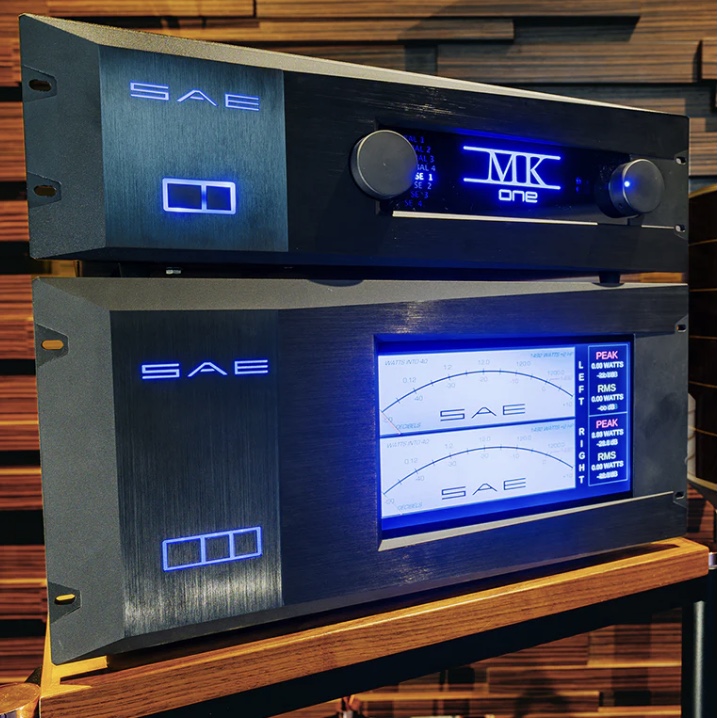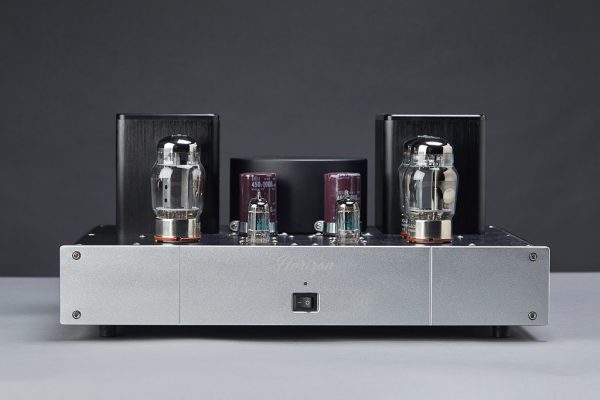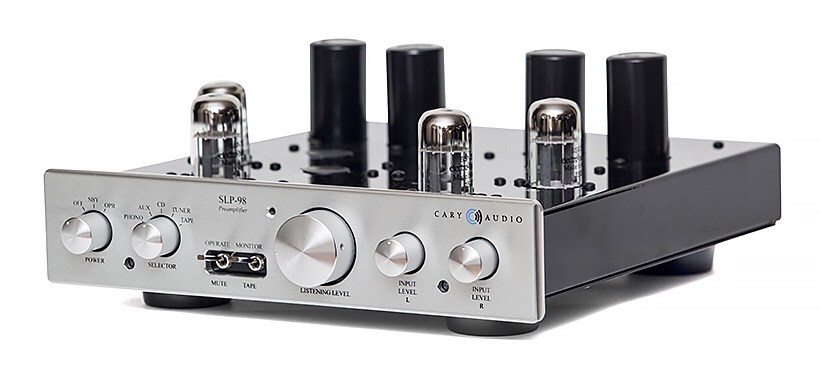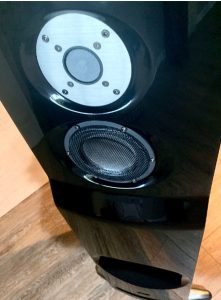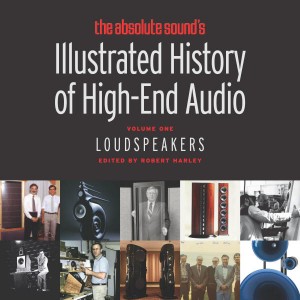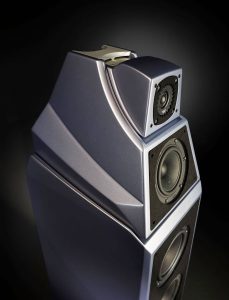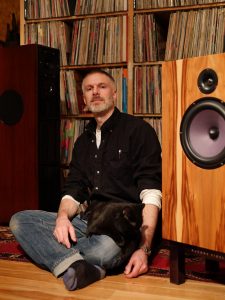Recently I reviewed the Kanto YU6, YU4, and the Sub8. For those that may have missed that just a brief refresher...
"Kanto was founded in January of 2007. The founders had a vision to build quality products with style—and offer excellent value to customers throughout their life cycle. Many years designing and manufacturing OEM products for large consumer electronics companies gave them the passion and understanding they needed to create a new brand with outstanding potential. Today, that knowledge and passion, combined with a team of dedicated design engineers, is the driving force behind their success."
As you can see from the price point, this is not high end audio territory, at least not on the surface. I have recently reviewed some real budget priced items, and am now captivated by what trickle down has done to the entry level market. I am finding that today's entry level offerings are light years ahead of mid to higher Hi-Fi that I enjoyed in college.
When I first encountered Kanto they were also displaying a yet to hit the market "upscale" version of their speaker called the TUK. That is what this review is about. So I will get straight to the specs, get them out of the way, and then move on to the speakers themselves and how they compare to the YU6 and what you get for the price difference. (Spoiler - you get way more that the price difference may suggest.)
The TUK is slightly larger than the YU6. Measuring 7.0 inches wide by 8.5 inches deep and 10.9 inches high vs. 6.9 x 8.1 x 10.7. The similarity probably ends there for all practical purposes, other than being self powered and containing the same preamp capabilities. This is a rather serious upgrade to the previous products. A considerable move upstream!
The TUK uses completely different drivers. This box contains a 28 x 35mm Air Motion Transformer tweeter and a 5.5 inch aluminum concave cone mid / woofer. These are significantly improved drivers over the YU6. Other notable features include:
- A high-quality Bluetooth Qualcomm® aptX™ HD module built-in, along with true analog and digital audio inputs: 1xUSB, 1xOptical, 1xRCA, 1xRCA dedicated mm phono preamp, 1xSubwoofer out, and 1xUSB charge 5v2A
- Built In headphone amp
- Frequency response - 50Hz - 20kHz
- Power output - 260 watts peak (60 more than the YU6)
- DSP onboard signal processing
- Automatic bypass filer at 80HZ when connected to a subwoofer.
- Remote control is included
So there you have the nitty and the gritty of the YUK. Unlike the YU series, these are available currently only in black or white. The review pair were done in the matte black and looked simple, yet elegant when set up.
Having the YU6 as a near field setup at the other end of my listening room gave me an opportunity to directly compare the two speakers in real time. I only did this for a few selected pieces of music, and the differences were stark to say the least. More on that later.
When I first set them up I just ran digital feed to them via Bluetooth from my Tidal app for about 4 days solid. While they appeared to be already used and broken in, I wanted to be sure, so I let them run. Oh the age of digital. Out of the box I could tell they were a definite step up form the YU6 pair I had on hand. And as background music suppliers they were great. They filled the room with lovely music and also allowed that to waft into the kitchen and family rooms. As nice as that was, it certainly was not critical listening.
Once I sat down to begin critical listening sessions the lovely music turned to extremely detailed music. The TUKs have benefited nightly from the driver change in spades.
AMT Tweeter
I have often found AMT drivers a bit shrill for my ears. I will not lie that there was a slight bit of that on pieces that leaned heavily on top end frequencies. Instruments such as cymbals, chimes, and other high end frequency items could be a bit edgy and strident. This seemed to depend a great deal on the source material itself, especially older recordings from the sixties. Digital signals were more prone to the affect than analogue. Using my reel to reel to feed the TUK completely eliminated that phenomenon. The good news is that the TUK, like all Kanto speakers, comes with a remote control that allows you to adjust bass and treble presence. A slight touch to the down switch on treble smoothed things out quickly on digital source music without negatively affecting the overall presentation. What was gained in the upper regions by using the AMT driver was a sense of real openness. The air around each instrument and voice seemed to really open up in comparison with the YU6. Not that the YU6 lacks this feature, but the AMT Driven TUK makes a noticeable improvement (enough that I may have to try to trade in my 6s for the TUK!)
Aluminum Mid/Bass Driver
As for the delivery of the midrange and bass, I can say for certain that the aluminum cone mid / woofer delivered bass (to the extent that such a small speaker can) with extreme speed and control when compared to the YU6, and in general would hold up well to any small monitor in its price range. Add all the amplification and preamp capabilities and this becomes a value leader of startling proportions. Bass was well controlled and lacked any chuffiness or smear. What bass that it threw out was precise, and matched the AMT driver perfectly. When combined with the SUB 8, things got really cooking down to a solid 30-35Hz. The automatic 80Hz roll off that occurs when mated to the SUB8 allows the system to work as a single unit, and balances the presentation nicely. Make no mistake, this system will not handle being cranked up to foundation moving levels without serious breakup, but in normal to relatively aggressive listening levels it will present itself with poise, balance, and class. It is not designed to shatter glass. The mid driver really shined with the vocal range. While I tend to gravitate towards female vocalists, I found that overall vocals had a creamy smoothness to them that seriously outpaced the YU6, and it well should for double the cost. Male vocalists like Nat King Cole, Frank Sinatra, and Harry Connick were delightful to listen to.
For my listening sessions I split time between two analog sources and two digital sources. I did not use the subwoofer at all during the review. I did later hook it up for my own pleasure, and will add a side note about that at the end. It is important to note that when I first heard the TUK at CES I thought they were connected to the subwoofer. It turned out they were not, and a number of people while I was there asked if they could turn the subwoofer off to just listen to the TUK by themselves. That is a testament to the range of the speakers. They were never hooked up to the sub until I asked if they would connect it for a few tracks.
- VPI JW19 with a Sumiko Moonstone mm cartridge
- Teac X - 10R reel to reel
- Cary Audio CD player
- Audioengine B1 Steamer
First up I spun "It's Magic" from the same titled album on Venus Hyper Magnum Sound TKJV19180 by the Eddie Higgins Quartet featuring Scott Hamilton. This is a 200 gram Japanese pressing.
This is a very lovely track that gives you the sense of sitting in an intimate, smoky little club. Eddie's delicate touch on the keys lays down the perfect foundation for Scott's superb sax playing.
The soundstage was as accurate as I think it could get. Musicians in exactly the spots you would expect of quartet in a little club. Up front on the piano and sax with the drums and bass slightly back and on opposite sides of the small stage. The brushes sounded like brushes and not someone scratching a wash board. Snap and stroke were precise, and as good as I have heard on any smaller speaker. The percussiveness of Eddie's keystrokes was present without being overbearing or abnormally accentuated, but simply believable. The breath around Scott's sax playing was just right. It left me with the sense of being at a table right at the edge of the stage where I could not only hear the breaths, but also feel them along with the air from the kick drum. I was not expecting the sense of openness and air around the performers that the TUK delivered. I had to tell myself a few times that these were sub $1000 speakers. About the only thing missing was the smoke.
Next up was Joni Mitchell's "Help Me" from the album Court and Spark, 1980 Nautilus pressing NR11. To listen to Joni is to fall madly in love with her talent, and the depth and breadth of her writing and musicianship. In other words, a system that poorly delivers anything by Joni is pretty much unacceptable. I have always considered this a seminal moment in her career, and perhaps her most successful album of all time (not so much the best, but the most commercially successful). There is not a bad track on the album. "Help Me" received as much airplay as "Free Man in Paris" did. It just so happens that "Help Me" was her only top ten hit.
Joni has an interesting way of writing her music in interesting timing signatures, and then overlaying the vocals in a different one. Her unusual tunings and a voice that has extreme range and flexibility is more than slightly captivating. Her vocal delivery is one of her softer and more breathy takes, and the TUK presented that perfectly. The sense of self admission that one must face when trying to control one's emotions while falling in love (or lust as it may be) and admitting that it may not be be possible is there in spades in her delivery. I think anyone who has ever experienced that dilemma would be hit straight in the gut by the delivery. I certainly was. The underlying instrumental track is rather busy, but it stays neatly in the background so as not to get in the way of her vocals. John Guerin's drumming and Max Bennett's bass keep things nicely in the groove, and are there in the proper supporting role. Larry Carlton's electric guitar added a sense of orchestral drama to the rest of the track. Not in your face, but through the TUK the air around it brought it to a point just lightly under the vocals. Overall the track was perfectly balanced and open. Again the AMT providing that extra bit of air around things, especially Joni's vocals. Just sublime.
I can barely do a review without pulling out Steely Dan's AJA, ABC Records 0798. The title song is one of the best workouts for a system when it comes to rhythm and pace I have ever heard. From the instrumental prowess of Becker and Fagan, to the guest musicians, Larry Carlton and Denny Dias sharing guitar duties, Chuck Rainey on bass, Joe Sample on electric piano, with Michael Omartian on the acoustic piano, they all just support the whole song with exquisite craftsmanship! Add to it Wayne Shorter's impressive sax playing, and arguably Steve Gaddis' single best recorded performance of all time on drums... well you get the point. The TUKs were not only up for the task, but handled the track with an amount of restraint and poise I was not quite expecting. Every single instrument came through in it's own space. Like the best arrangements for orchestral music, each instrument was balanced in a way that made sure you simply could not miss the individual efforts. This all came without the sort of missing the forest for the trees presentation that could happen. On this particular track I think the greatness of the tune is that you get the detail of the trees with the complete majesty of the forest! I have heard better systems mess this song up in their delivery by leaning too hard on one aspect of the performance. Overly large and artificial sound stage, vocals too far forward, too heavy on the bottom end, etc, etc. No such issues with the TUK system. This was one track where I did miss a bit of the bottom end below 50Hz, but overall it was still very well balanced and had enough slam to still hit home.
After a number of other selections on both vinyl and 1/4 inch tape, I moved to some digital selections.
The inherent beauty I find in digital source is the availability of and endless supply of music, and a lot of obscure music that I can blend into a review playlist, simply hit a button, and keep my tired old behind in the chair without having to get up and change CDs, albums, and reels of tape. Yay technology!
What I found was that overall the presentation was exemplary, but some tracks had to have the treble frequencies knocked backed a notch. Not a big change, but rather a minor tweak. As I stated before, I credit the source material with this anomaly, rather than the speakers, because it was sporadic. I think this speaks to the TUK's ability to deliver what is fed into it with minimum coloration.
"Yvette in English" from David Crosby's, Thousand Roads was the first up. A song penned with perennial favorite Joni Mitchell, I find his version more to my liking than hers. A rather bossa nova groove story about a young girl on the Left Bank. It is an enticing song, and David's vocal delivery being as velvety smooth as I have ever heard it. Seemingly restricted to more of a background voice in the super bands the Byrds and CSNY, he shines as a great lead singer in his own right on this album, and particularly this track (along with "Columbus" from the same album). Tonal excellence is one of his trademarks, and that is so very clearly presented by the TUK. On this track the nylon string guitar playing by Dean Parks is superb. The light touch of flesh on the strings is apparent, and its Dean's delicate touch that underscores the whole song. It is the perfect accompaniment to David's great vocals. Leland Sklar's tasty bass really adds texture to the track, it is all balanced, and again the soundstage is rather precise in the placement of the players. Depth and height were very impressive.
On Animal Logic's "What Looks Good On The Outside," from Animal Logic II, you get a really nice balance of Stewart Copeland's intricate drums coupled with Stanley Clarke's lead bass playing underpinning Deborah Holland's haunting vocals. The track is a sad story about getting what you plan for, only to find out it is nothing like you imagined it would be. While the album has been panned by a few as being uneven compared to their freshman effort, I find that this track acquits itself well. This song on the right system will rip your heart out and feed it to you. All that emotion in Deborah's voice, supported by a rather stark backing track, presents a challenge to any system to get the balance right. The TUKs did so admirably! The punch of Copeland's drums were right there in the mix, and the tunefulness of Clarke's bass lines mitigated the need for much more instrumentation. Michael Thompson's guitar work adds just the right touch to carry the song fully. It is Deborah's vocals that make the song so compelling. She has such an incredible control of the volume and slam of her voice, and uses it to tear through the listener. The sense of despair and urgency come through so well when played through the TUKs. I must have listened to this a 4-5 times in a row, just being so satisfied by how well it was presented in this system.
Taking a bit of a left turn I moved to Eric Johnson and his track "Manhattan" form his Venus Isle album. One of my two favorite albums of Eric's. The rather jazz oriented groove of the song displays his exceptional control of tone and temperance in playing. Opening up with octave riffs reminiscent of Wes Montgomery, and then ascending into his own unique signature sound of soaring runs that fall somewhere between Joe Satriani and George Benson in style and tone; "Manhattan" is a great roller coaster ride of tone and technique. I have aspired to play a few of his songs myself on guitar with dismal results. One can always dream though. There was nothing new or revolutionary on Venus Isle, but it rather cemented Eric's style and just expanded on it. On this track the tone of his guitar was almost as good as my reference system. The subtleties were the only thing missing, and only by a hair. What was there was the bass and the drums in full force. Not in your face, but with a powerful and punchy presence. The song without that underlying rhythm section would be rather blasé. No chance of that as presented by the TUK. Thoroughly enjoyable and complete! Eric was slightly forward and center to the rest of the instruments. The soaring effect of his guitar swirling around the stage (from performing with multiple amps in stereo configurations) was all right where it should have been.
At the end of the time I was reviewing them, I plugged in my headphones just to use them as a headphone only amplifier. Suffice it to say they did a great job of transferring the signal to the headphones in a very straightforward and fairly uncolored way. The same caveat seemed to appear regarding high frequencies. Source material on the edgy side came through the same way. When I threw in a tube buffer stage between input and the TUK ...holy cow. The delivery just became lush and without any harshness or edginess at all. This just confirms one of the many reasons that I use a Grant Fidelity tube driven headphone amplifier. An inexpensive tube buffer stage, under $150, would be highly recommended if you are planning on frequently using the TUK as a headphone amplifier. For occasional use, the prudent selection of material, especially analog sources, will produce hours of very enjoyable headphone listening without any shrillness or edge.
I had to ask where the name TUK came from? According to Kanto "...the TUK takes its name from Tuktoyaktuk, a remote hamlet on the shores of the Arctic Ocean. It's here where we drew inspiration for our newest addition. A place where the colorful and dramatic dance of the Aurora Borealis offers a thrilling experience—one that we've sought to emulate with sound."
Overall, not only can I say they achieved their goal, but I can also say the TUKs were quite a big improvement over the YU6 speakers, and only $400 more. At $799, for most people reading this, that is just chump change. If you add in the sub you are a bit over $1200 and have an ensemble that only requires a front-end source, and you have a system that will absolutely stun people by how much musicality it produces. As I look forward to the next ten years when I am into my mid 70s (God willing), I see a bright future for the possible downsizing I will face. I will still be able to enjoy my music in a smaller environment with a system much smaller than current, but with no less enjoyment and without breaking the bank. That is an awesome recipe for the future, and the really good news it is an even better recipe for the here and now if you need a small system that is simple and easy to live with, giving you 80% of a system costing 100 times more! How can anyone not call that a win-win scenario? Go dance with the Aurora Borealis in your own listening room!
TUK Self Powered Speaker System
Retail: $799
Optional stands 26"/32" (recommended) $129.99/$139.99 respectively
Kanto
110-2440 Canoe Ave., Coquitlam, BC
V3k 6C2 Canada
Toll Free US & Canada: 1.888.848.2643




